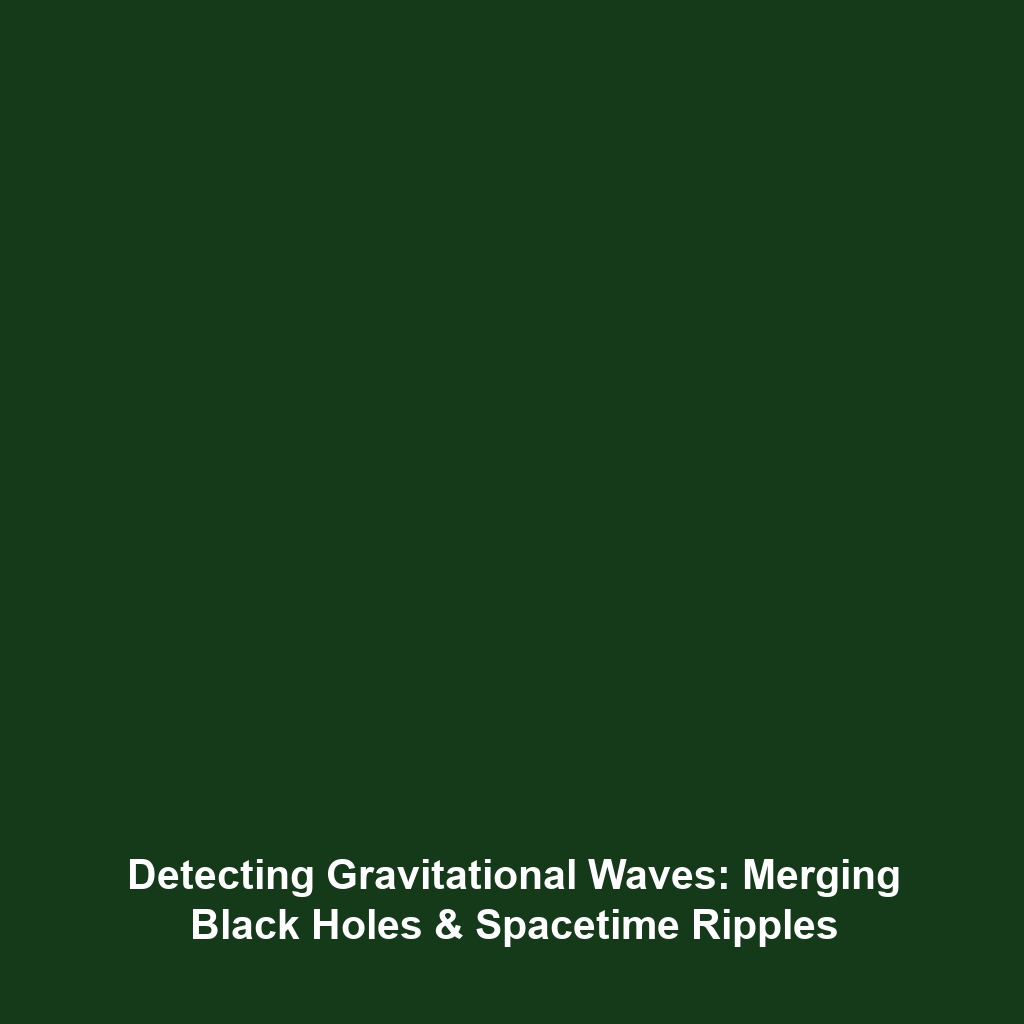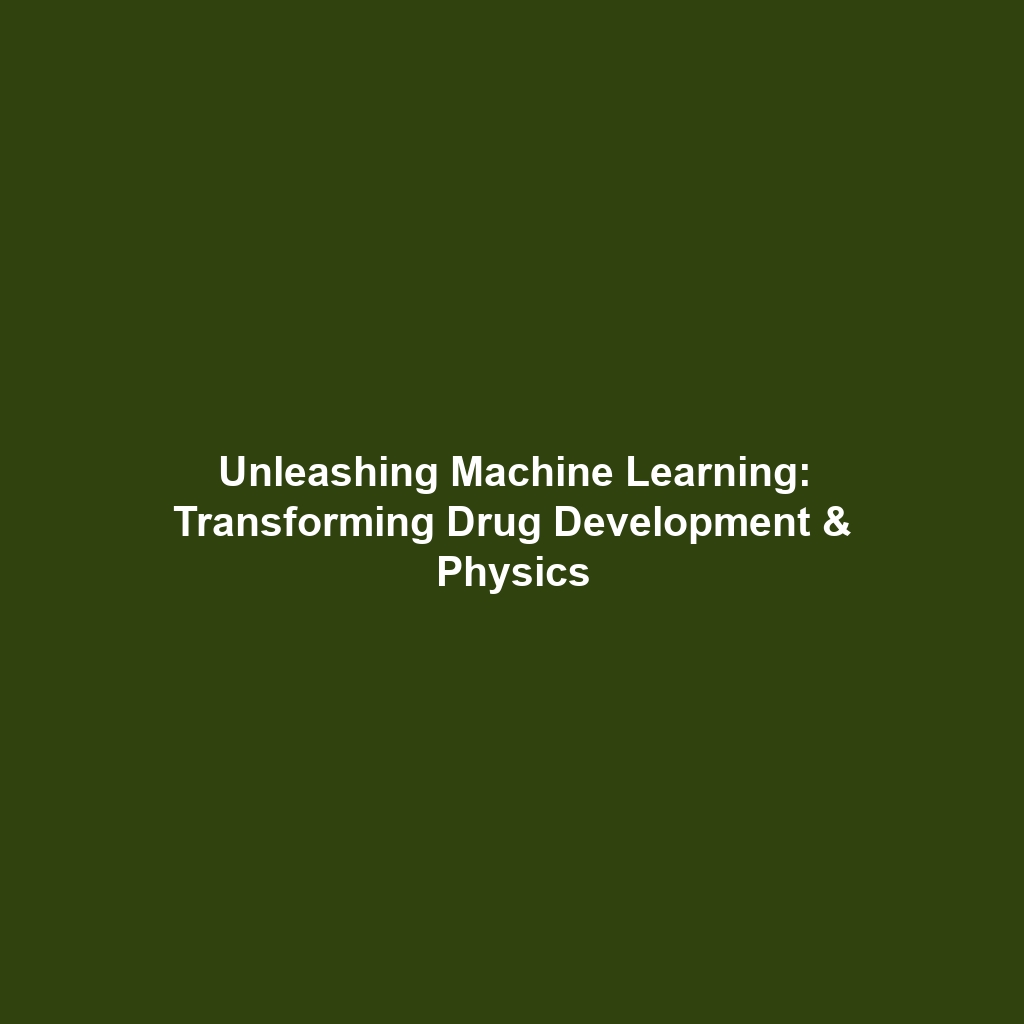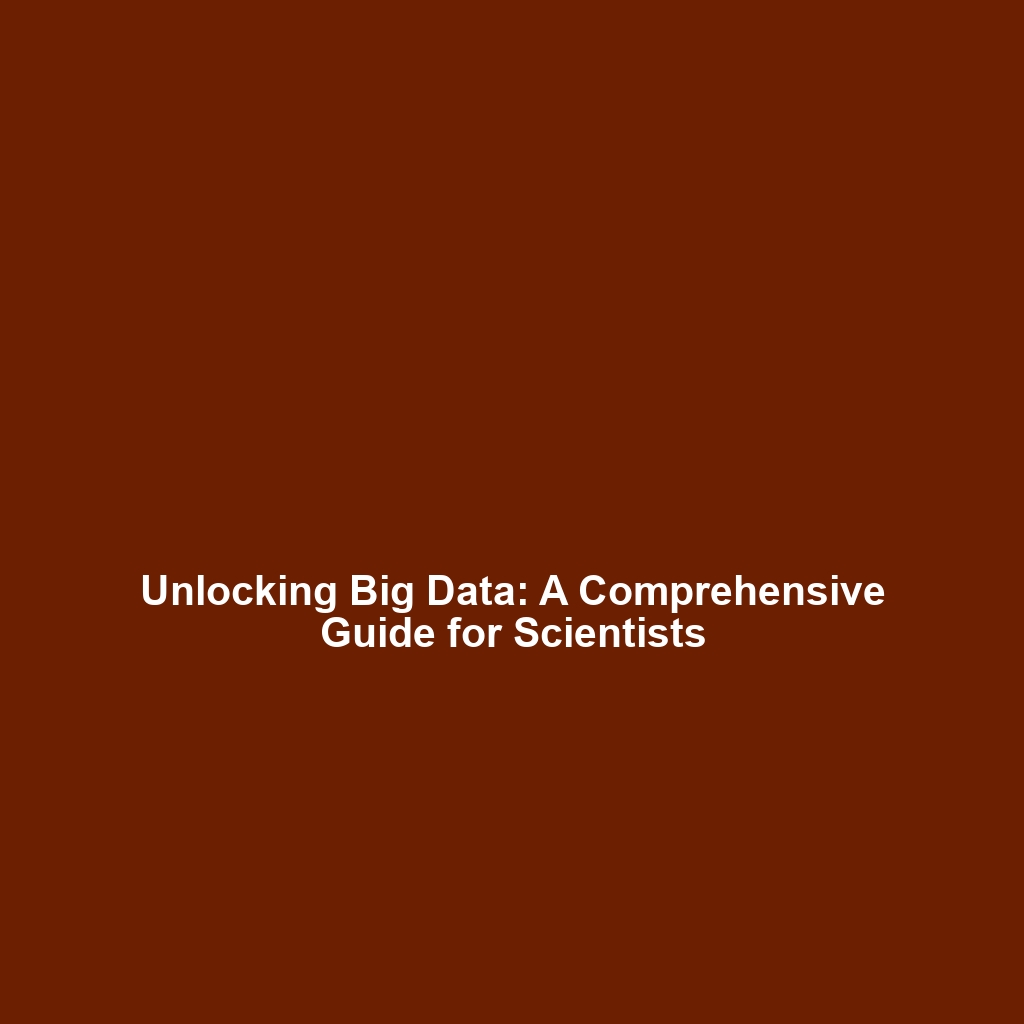How Hawking Radiation Links Quantum Mechanics and General Relativity
Introduction
Hawking radiation, a groundbreaking concept introduced by physicist Stephen Hawking in 1974, fundamentally changes our understanding of black holes by bridging the gap between quantum mechanics and general relativity. This phenomenon suggests that black holes can emit particles, leading to their eventual evaporation. As two of the most significant pillars of modern physics, the interplay between quantum mechanics and general relativity poses profound implications for our understanding of the universe, particularly in the formation, behavior, and ultimate fate of black holes. Understanding this connection not only fuels theoretical physics but also enhances our grasp of cosmic evolution.
Key Concepts
Quantum Mechanics and General Relativity
Quantum mechanics describes the behavior of particles at atomic and subatomic levels, while general relativity provides the framework for understanding gravity and the structure of spacetime. The pursuit of unifying these two theories has been a central challenge in theoretical physics. Hawking radiation emerges from this quest, revealing that black holes are not entirely black; they emit radiation due to quantum fluctuations in the curved spacetime around them.
Hawking Radiation Explained
When a particle-antiparticle pair forms near the event horizon of a black hole, one may fall into the black hole while the other escapes, resulting in radiation detectable by an external observer. This theoretical prediction led to significant discussions regarding black hole entropy and information paradox, highlighting profound implications for both quantum mechanics and general relativity.
Applications and Real-World Uses
The exploration of how Hawking radiation links quantum mechanics and general relativity has given rise to various theoretical and practical applications within the field of black holes:
- Astrophysical Models: Enhancing models of black hole formation and evolution in cosmic structures.
- Quantum Computing: Insights into quantum information storage derived from black hole thermodynamics.
- Cosmological Insight: Understanding the impact of black holes on cosmic microwave background radiation.
Current Challenges
Despite its intriguing implications, several challenges persist in the study of Hawking radiation and its application to black holes:
- Detecting Hawking radiation remains a significant experimental challenge due to its extremely weak signal.
- Theoretical inconsistencies arise when attempting to reconcile the models of black holes with quantum mechanics.
- Persistence of the black hole information paradox complicates our understanding of information conservation.
Future Research and Innovations
Future studies on how Hawking radiation links quantum mechanics and general relativity are set to revolutionize our understanding of black holes and the universe. Upcoming research directions include:
- Advancements in observational astronomy may enable indirect testing of Hawking radiation signatures.
- Concerns regarding the black hole information paradox could spur developments in quantum gravity research.
- Potential breakthroughs in theoretical physics may lead us towards a unified theory of quantum gravity.
Conclusion
In summary, Hawking radiation stands as a pivotal concept linking quantum mechanics and general relativity, reshaping our understanding of black holes and their role in the universe. The ongoing exploration of this phenomenon promises to unravel mysteries of cosmic evolution and the fundamental laws of nature. For more insights, consider exploring our sections on black hole thermodynamics or theories of quantum gravity.









